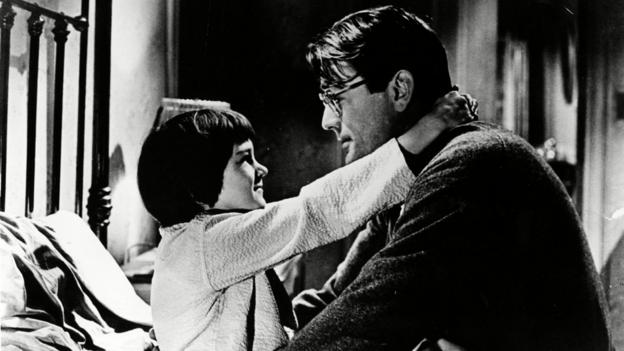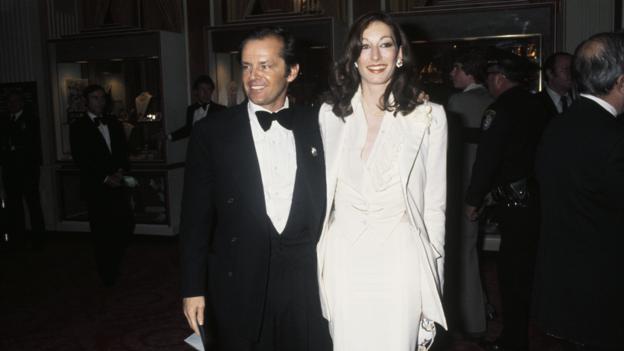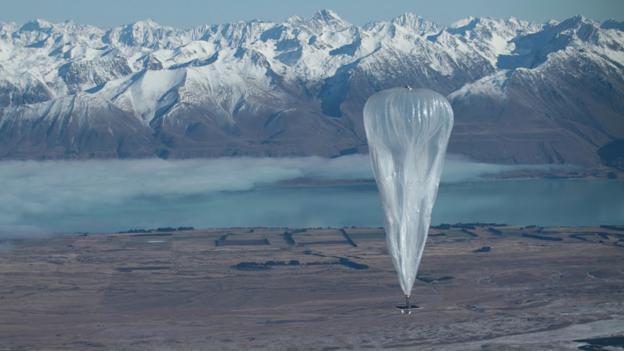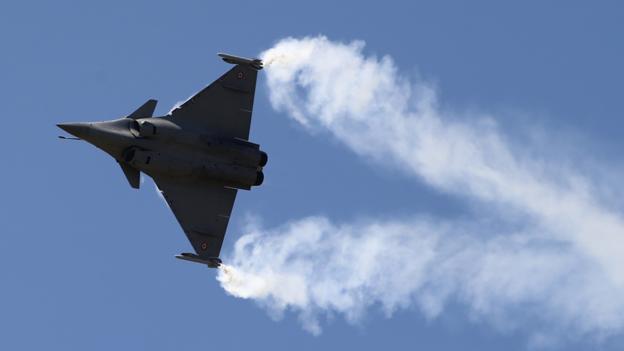“If you don't obey the rules, you get punished. It's a long time not to play football, but the rules are the rules”
Gerard Kinsella
In his first
interview since the ruling, the 21-year-old Liverpudlian, once on the
books of Everton, discusses the reasons he took the banned drug, how his
football dream has been shattered, and what the future now holds.
Across the street from Gerard Kinsella's house are a group of young boys kicking a football around on a patch of grass.
The sun is beginning to set and soon they will head
home reluctantly to dream of swapping goalposts painted on a brick wall
for the lush, green turf of Goodison Park or Anfield.
The makeshift game reminds Kinsella of his own
childhood. He played on the same patch of grass in central Liverpool,
pretending to be Paul Scholes, the player he admired most.
"It wasn't even a dream back then," Kinsella says. "I just wanted to play football."
Kinsella's hopes of a professional career aren't over
but they are hanging by a thread. The 11 years he spent at Everton under
manager David Moyes, in the academy as a seven-year-old and then later
as a professional, are distant memories now.

Gerard Kinsella in his Everton days
On Tuesday, the FA handed him a two-year suspension for taking nandrolone, a banned anabolic steroid.
On the day we meet, he arrives after completing a
training course that will enable him to start a new career clearing
asbestos.
At 17, just four years previously, Kinsella had signed a three-year contract with Everton, the team he supports.
"I was buzzing," he recalls. "I couldn't wait to sign. I
thought I was a footy player already. But if I knew what I know now...
you're still millions of miles away."
Kinsella survived the annual culls at Everton's academy to claim his first professional contract.
"I didn't even think of anything else, I didn't have a
plan B," he says. "It was just football. It's all you know, it's all you
want to do. It was more of a dream than a job but, to get to the proper
level, you've got to dream."
Shortly after signing as a professional, things turned
sour for Kinsella. A catalogue of injuries between the ages of 16 and 19
forced him to deal with physical and psychological pain.
"With the injuries I've had, I feel more like a veteran 35-year-old centre-half," he jokes.
Peeling back his shirt sleeve, Kinsella displays deep
scars on his left shoulder, lasting marks from five separate
dislocations and two operations. He reels off his list of injuries with
grim familiarity.
"I've done my ankle four times, chipped a bone in my
leg, I've done my metatarsal. Then there's the shin splints and my
shoulder. In 2011, I got meningitis. I went down to about nine stone.
That was a bad one."
At 19, he was summoned into an office at Everton. "I'd read the script," he recalls. "I'd seen it coming."
Is Kinsella an isolated case?
The FA says positive tests for performance-enhancing
drugs are rare. Only one other player - Barnet winger Mark Marshall -
has failed a test in the past 19 months.
Marshall was suspended for two years after testing
positive for the stimulant methylhexaneamine following a League Two
fixture with Dagenham & Redbridge on 26 December 2011.
As for the number of tests the FA conducts, it says it
keeps data confidential so dopers cannot work out how susceptible they
are to testing.
The club told him they were
ending his contract. "I was gutted," he adds. "I support Everton, I had a
season ticket all my life. They sat me down and told it was best I go
elsewhere.
"I'm not bitter towards them but there's nothing worse
than being labelled as the lad who's always injured. You're useless,
aren't you?
"It stressed me out if I couldn't play and other lads
were playing. You're a ghost. If you're not playing, you're not doing
your job."
He went for a trial with Plymouth Argyle, managed at
the time by former Everton midfielder Peter Reid. As Kinsella attempted
to connect with a ball in one of his first training sessions, he ripped
the cartilage in his knee.
Without a club, he spent the next eight months on his sofa with only his mum and daytime television for company.
"I was depressed," Kinsella says. "I just wanted to
play football. Sitting on the couch, bored out of your brains, no-one's
looking after you. You have to rehab yourself."
On regaining fitness, he was signed by Fleetwood Town
at the start of the 2012-13 season. They may have been a club in League
Two but, as Kinsella recalls, they clearly had ambition.
But the injuries just did not stop. A twisted knee and more shoulder issues left him on the sidelines yet again.

Gerard Kinsella warms up for Fleetwood
"We had a game against Oxford in late November," he
says. "The game got called off and I was on the train home with the team
when one of the lads pulled my arm. My shoulder came out from its
socket and went straight back in."
A month later, and still in considerable pain, an older cousin came to visit.
A taxi driver and father figure to Gerard growing up,
he told him he could help. His own back pain, he said, was relieved by
the injections he took.
Kinsella asked if the pain relief was legal and was assured it was. "It was two injections," says Kinsella. "That was it."
Eight weeks later, in February of this year, the drug
testers called unannounced at Fleetwood's training ground and Kinsella
was randomly selected to provide a urine sample.
Initially, he could not understand why he had tested
positive. Had his drink been spiked? Had he eaten something he
shouldn't?
Then he remembered the injections.
"I was on the way home and called him in the car, screaming," Kinsella says. "I was furious."
His cousin told him the injections were a substance
called "deca". A slang word for nandrolone decanoate. It is a powerful
anabolic steroid that can aid muscle growth and ease pain in joints.
"I couldn't believe what had happened," Kinsella adds. "I was in shock. He tried to help but it backfired big-time."
The independent commission, which included former Tottenham Hotspur captain Gary Mabbutt, took a dim view of his drug use.
"In our judgement, this player fell well short of
establishing that he bears no significant fault or negligence," its
report read.
The FA's drug-testing programme
The FA claims "players cannot go for a significant
period without being tested" and says its procedures help to "safeguard
the health of players and protect the integrity of the game".
According to the FA, its drug-testing programme,
implemented in conjunction with UK Anti-Doping, includes both urine and
blood tests, more than 70% of which are conducted out-of-competition.
Players in the Premier League and Football League can
be tested at training or at home. Both clubs and players are required to
provide information about a player's whereabouts, which means players
can face a 'missed test' sanction.
A player who tests positive for performance-enhancing
or recreational drugs undergoes a psychological assessment. Should a
player require rehabilitation or counselling, the FA says it works with
the Professional Footballers' Association to fund further support.
"There were a host of enquiries
and steps he could and should have taken, which he did not. He is
responsible for what he ingests."
Kinsella, who continues to get the support of the Professional Footballers' Association, has no complaints.
"If you don't obey the rules, you get punished," he
says. "It's a long time not to play football, but the rules are the
rules."
He is keen to warn other youngsters striving to make it as a professional footballer of the pitfalls lying in their wait.
It is a path already well trodden by his older brother, Michael.
A promising goalkeeper who played for Bury and Tranmere, he spent seven years in prison for selling drugs.
Now aged 35 and a reformed character, he has set up a charity that aims to help young players whose careers nosedive.
As for Kinsella, he admits he was "stupid" to inject a
banned substance and rues the fact that he did not pay more attention to
advice from the FA's anti-doping department.
"You don't listen, you should listen," he says. "You just want to play football."
With Kinsella's ban due to end in February 2015, his
club, Fleetwood, have yet to make a decision on his future, explaining
they will make a statement "in the fullness of time".
Kinsella is trying to remain upbeat.
"I'll play football again," he says. "But the way I
thought about football? That's gone. If I play again, I'll just be
playing because I love it, not because I'm chasing a dream."

































